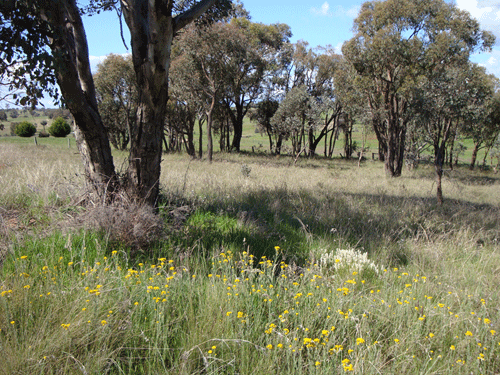They say time flies when you’re having fun and based on how fast this year seems to be going, I’d have to agree – it’s hard to believe that June is half over already.
On June 12, I facilitated a workshop for the City of Mandurah’s ‘bushland management group’ on managing weeds in bushland. This is the third event I’ve run for the ‘BMG group’ now and it was nice to see how familiar the many faces and names have become. The workshop was extremely well received, with feedback like ‘Very informative workshop presented in a friendly and informal way’ and ‘The best workshop yet! Loved it and left with heaps of knowledge’ featuring on the evaluation forms. I’d decided to focus the indoor session on plant ecology, plant physiology and nutrient availability, specifically the Carbon:Nitrogen ratio in soils and its impact on the weediness of a site. Over the years, I’ve assisted dozens of groups to manage weeds, always with an aim to replace the removed weed with a local native plant, as is best practice, but it occurred to me when I was preparing for this workshop that what’s been missing in a lot of the communication about weed control is a basic understanding of why weeds are weeds, and why our native bushland is often so unable to resist invasion or re-establish to a self-sustaining state post invasion. There was no avoiding the technical and scientific nature of these topics! The BMG group were fantastic, asking lots of questions and nodding enthusiastically whenever I asked if they were all with me.
Throughout the day, we learned about ‘r selectors’ and ‘K selectors’ – how weeds are all ‘r selectors’, meaning they reach reproductive maturity very quickly, produce lots of viable seeds, aren’t fussy and do best in changing (i.e. disturbed) environments. ‘K selectors’, on the other hand, are more adapted to stable (i.e. undisturbed) environments. They take much longer to reach reproductive maturity, have longer life cycles and can only live or grow well in certain positions or ‘niches’. Except for colonising plants, the great majority of our native plants are ‘K selectors’. Understanding this basic principles of plant ecology makes it much easier to see what’s going on in a weedy site, and helps to explain the reason why when you remove one weed, another usually comes back in its place. Another reason for this could be the Carbon:Nitrogen ratio in the soil. There’s a lot of interest internationally in this topic right now – trials are being undertaken in several countries to find out whether the application of carbon to soil reduces the competitive ability of weeds. This is what has been shown to occur in the Grassy Box woodlands in New South Wales, Australia, in work undertaken by Suzanne Prober from CSIRO, and others. Follow this link to read about Suzanne’s applications of sugar (one of the purest and easiest to obtain forms of carbon) to plots in Grassy box woodland in Young, NSW.

Grassy Box woodland in Bigga, New South Wales.
Well, that’s a wrap. Until next time…





